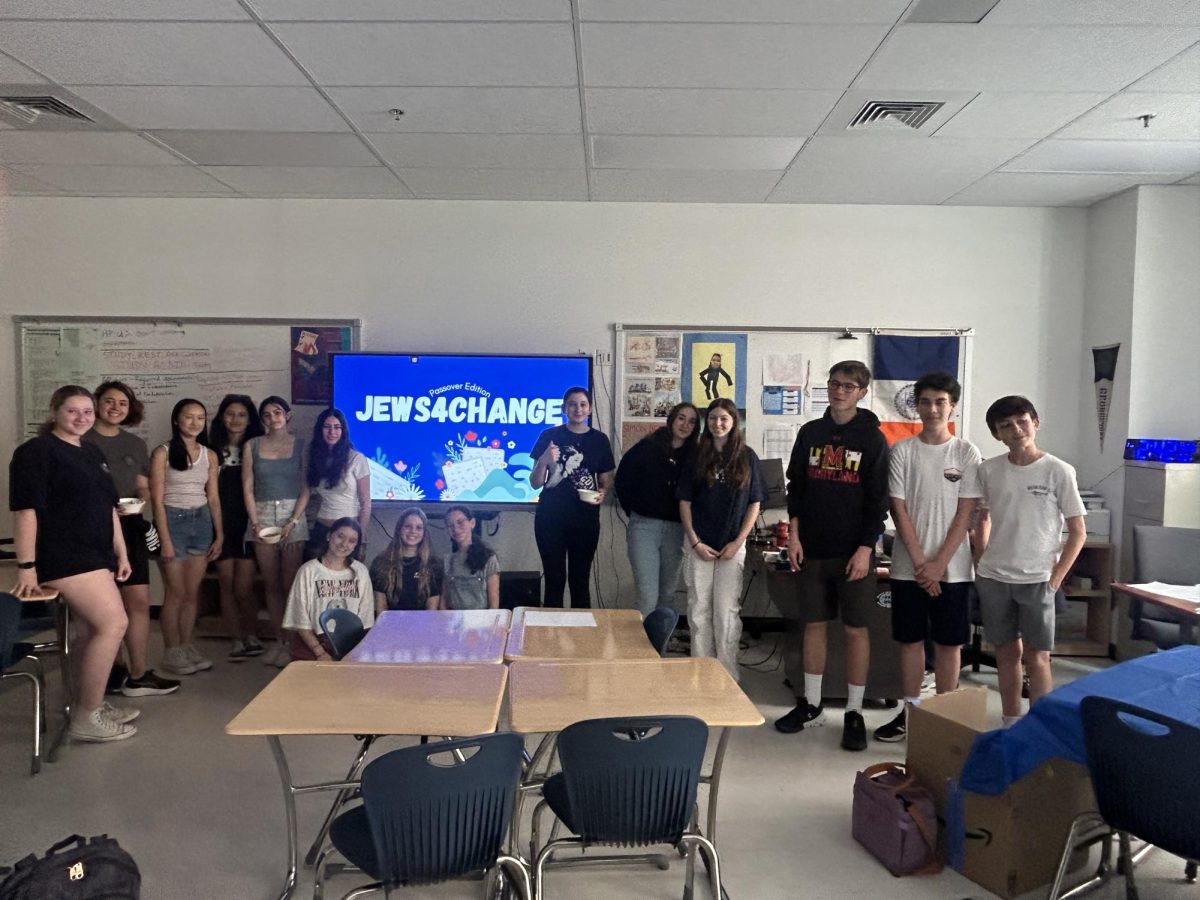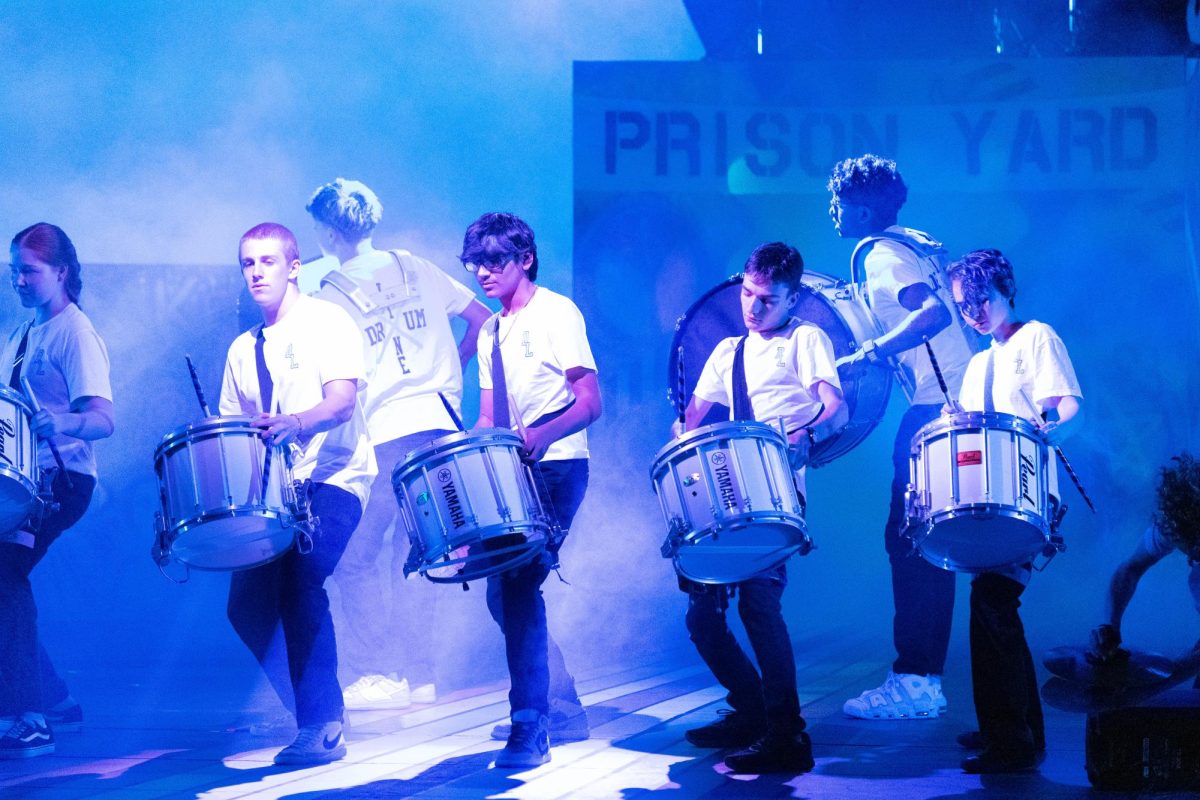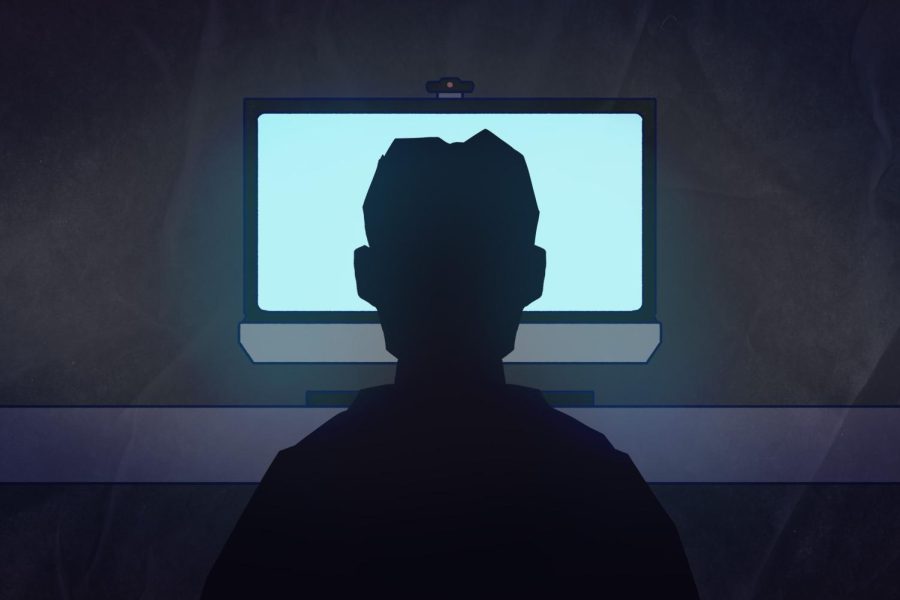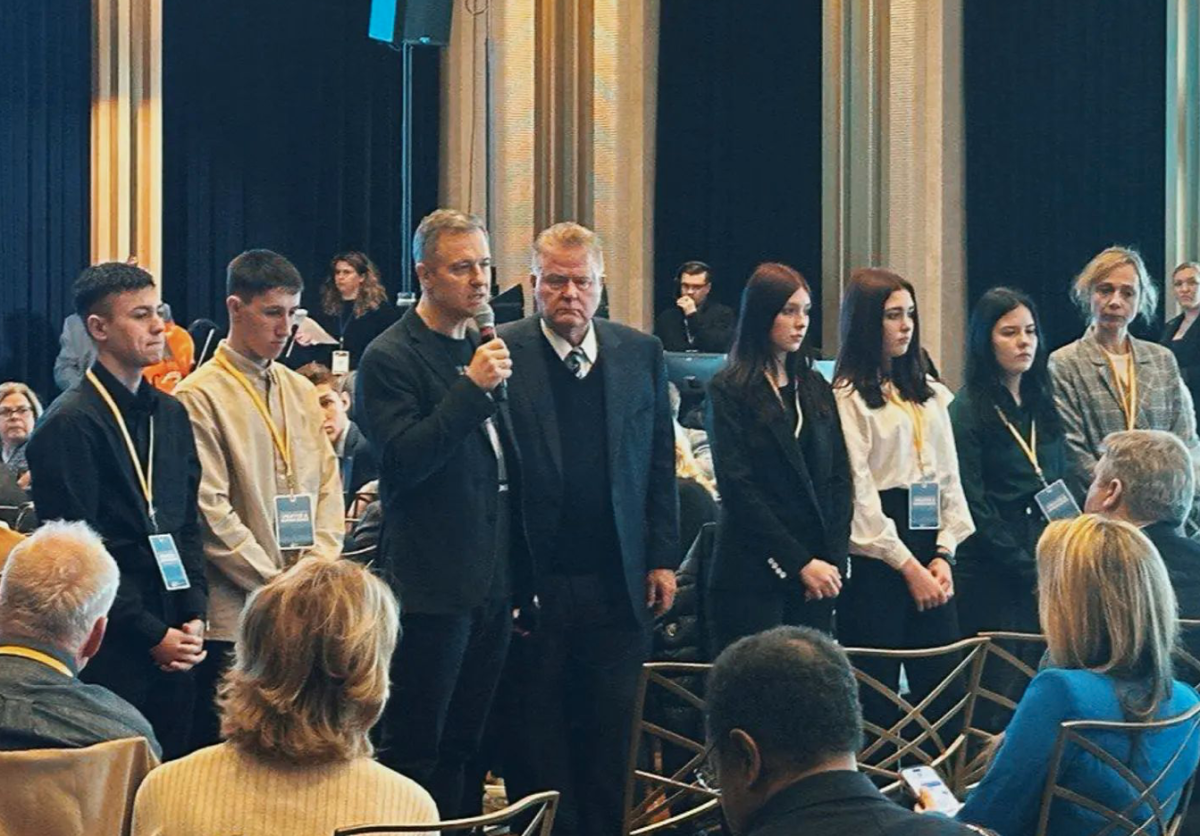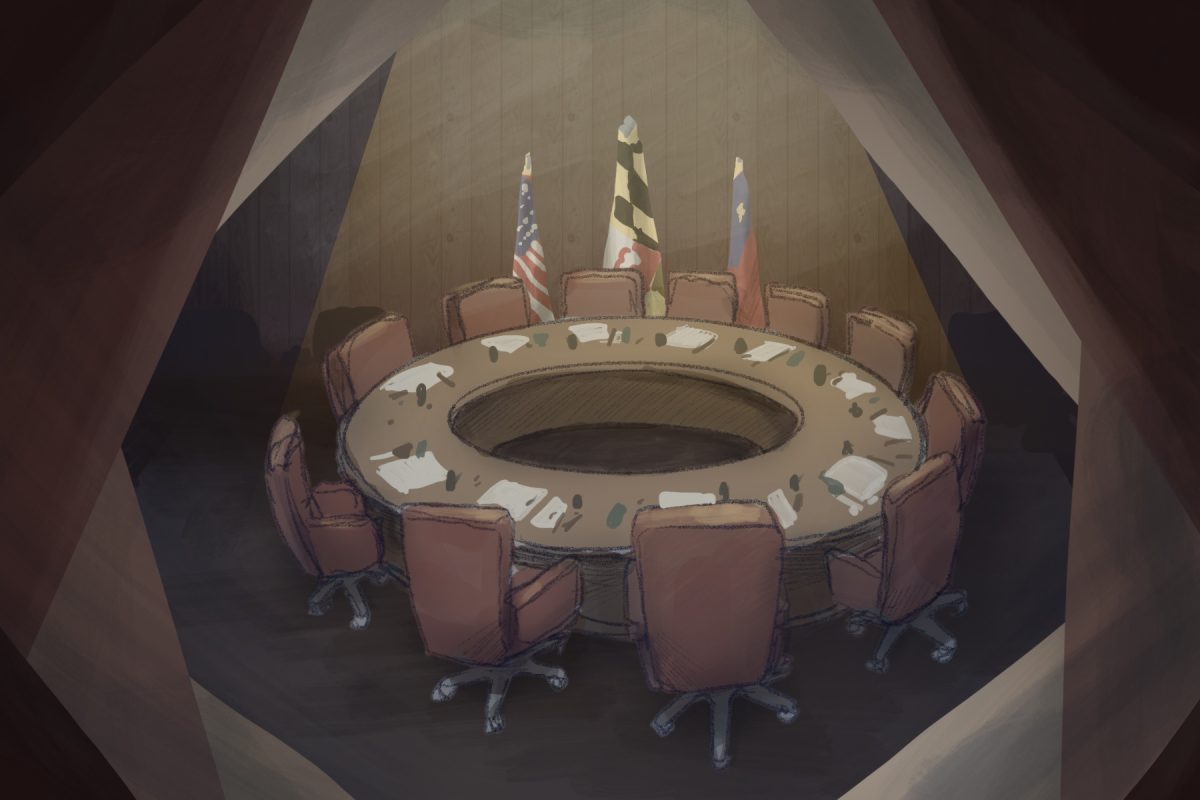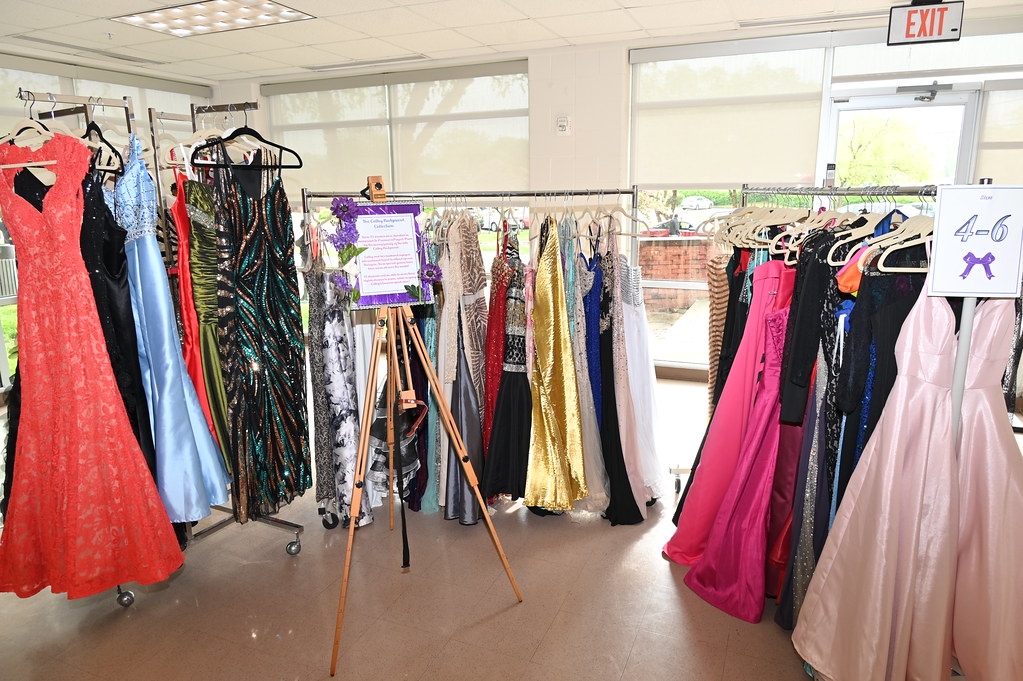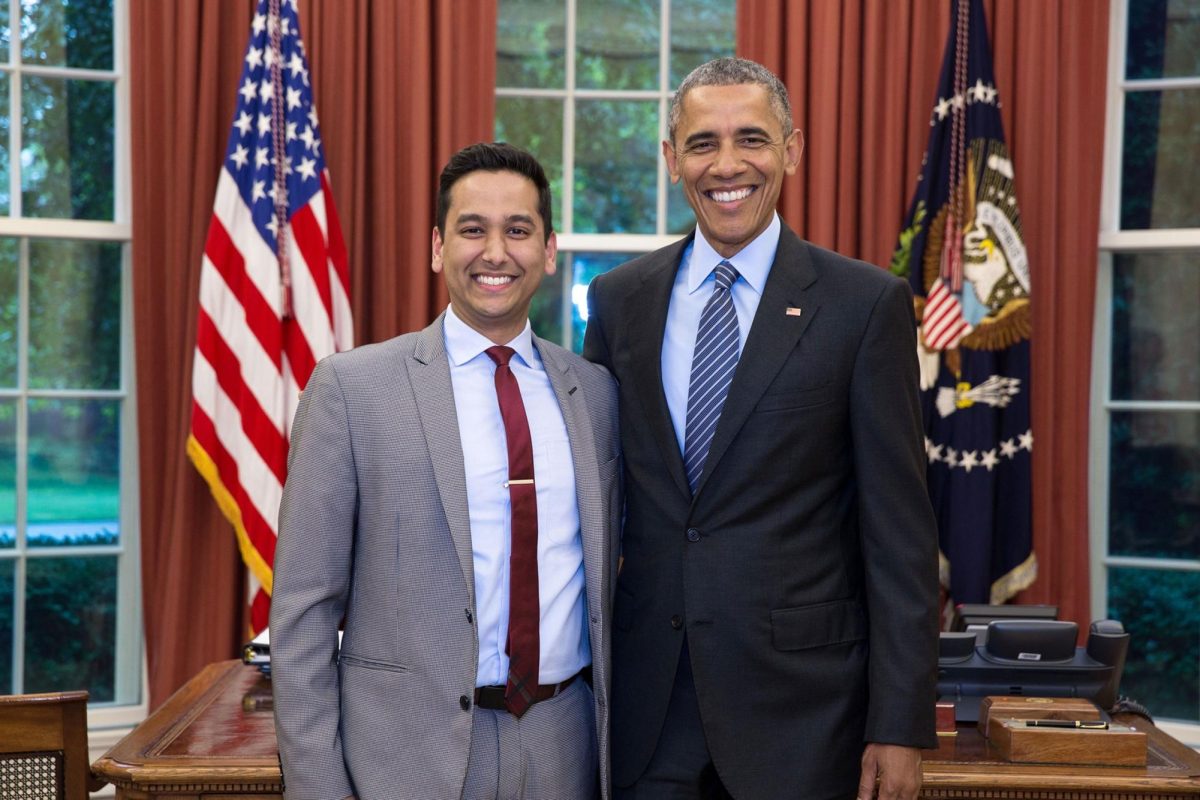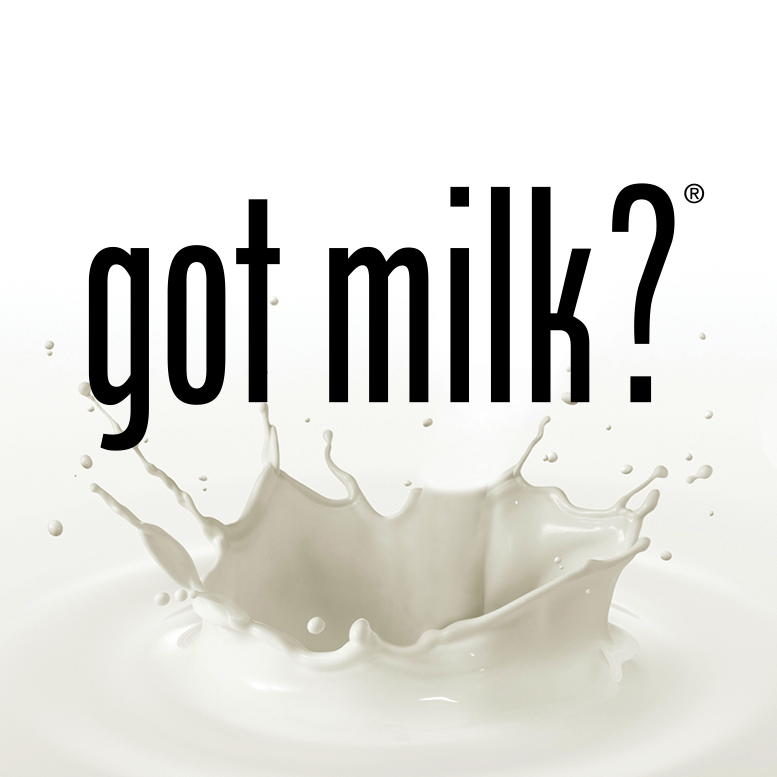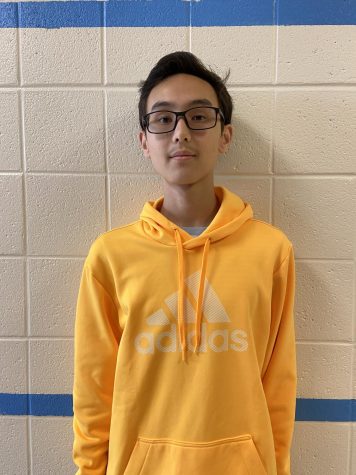ChatGPT has leaped into the spotlight, carrying the torch as the leading artificial intelligence program since OpenAI, its creator, introduced its revolutionary revamp in early 2023. As a result, debates, meetings and newsrooms now have a new topic to discuss: AI.
AI constitutes any computer that undertakes tasks that usually require human intelligence. However, more specifically, generative AI will be able to complete tasks surrounding the creation of content, like artwork and writing.
Undoubtedly, AI has impacted many fields of study, but one of the more contested domains is the arts and humanities — whether AI’s effect on it was positive or negative.
OpenAI has created generative writing and art giants named ChatGPT and DALL-E, respectively.
The newest updates to ChatGPT include an enhanced ability to follow user intention, a lower likelihood of generating offensive or dangerous output, increased factual accuracy and improved internet connectivity.
The newly engineered DALL-E 2 also received improvements, including generating variations of a given prompt, editing pre-existing photos and paintings and adapting art pieces to accommodate the edits.
At face value, ChatGPT and DALL-E 2 minimally reduce quality of work and increase productivity in the workplace. However, with such scalable efficiency, AI can replace many jobs in the workplace, which would lead to massive layoffs.
Generative AI could currently substitute one-fourth of current jobs, which could eliminate roughly 300 million full-time positions, according to Goldman Sachs, an investment banking company.
AI’s intelligence is quickly growing and could become less reliant on humans. Potentially, it could prove to be just as destructive as it could be helpful.
A general fear surrounding AI is that of super intelligence — that AI will reach a point where it does not care about the existence of humanity anymore — popularized by various movie genres.
While it is unlikely that AI will attempt to eradicate the human race and assert global dominance, rapidly evolving technology will begin to impact aspects of human life, including the arts and humanities.
ChatGPT and the long-standing Grammarly have many benefits when inputting academic or whimsical prompts and correcting grammatical errors or enhancing tone. While this may seem fun or appealing to students, universities are beginning to worry that this tool may decrease the academic integrity of their student body. Additionally, it may become more challenging to build integral skills in the arts and humanities field, said Georgetown University philosophy professor Will Fleisher.
“AI creates concerns about plagiarism,” Fleisher said. “We are concerned about the difficulty of creating effective assignments for students to develop their critical thinking and argumentative skills.”
However, writing is not the only creative medium threatened by AI. When it comes to the fine arts domain of the arts and humanities, many no longer take the time to appreciate paintings in galleries, feel the music in an opera or try to understand the author’s purpose in a literary work. The growing disinterest has already manifested itself.
According to the National Endowment of the Arts, the number of visitors to core arts events — opera, jazz, classical music, ballet, musical theater, plays, art museum and gallery visits — continues to decline, with just 33.4% of US adults attending one of those between July 2011 and July 2012. A decade earlier, the figure was 39.4%, and in 2008 it was 34.6%.
Being able to create graphic art with innumerable textures and styles, AI can somewhat accurately depict the artist’s intention for the work. Due to its specificity and resemblance to real artwork, no one would know that no human was involved in its creation, especially when art is looked at without the intention of understanding the creator. AI is now artists’ extra competitor and could put many people’s creative careers in more jeopardy than they may already be in.
“You can make a full-on painting in a matter of a minute or a few seconds, and it can be super specific to whatever you want,” junior Sol Cristia said. “Artists are going to be out of commission, especially digital arts, since they are doing the same thing.”
The concern that artists are becoming progressively less valued may deter high schoolers and university students from pursuing their desired majors. The fear that their professional futures are not ensured may contribute to the decreasing enrollment rate of Arts and Humanities majors. According to the American Academy for Arts and Sciences, fewer than one in 10 students graduated with a humanities degree in 2020, a 24% decline since 2012. Junior Kyra Warmuth expressed concern about the future of her career in the humanities.
“Advancements like AI are super concerning for writers and English as a subject,” Warmuth said. “With AI becoming more integrated into jobs, TV writers are being laid off and pay has been significantly reduced.”
A decrease in interest in the arts may lead to a popularity boost for AI art, widening the gap between art and human connection. AI creates art that is less personal and more general, and for Warmuth, this loss of individualism is a tragedy.
“It’s really important that writers today don’t use AI as a crutch [to] maintain the unique and distinctly human aspects of their own writing,” Warmuth said.
AI is mathematically driven, and creating a personal connection is a challenging endeavor for AI, even though it can access real experiences from articles on the web.
According to Telefonica Tech, a company dedicated to integrated technology solutions in cyber security and cloud, while AI can algorithmically categorize texts from users’ inputs as positive or negative, it still cannot identify the cultural references, sarcasm and nuance in language, making it unable to comprehend the emotions displayed.
Sometimes, humanizing an issue requires connections to personal experience, which is difficult for AI to apply.
“One goal [of philosophy], for instance, is personal understanding,” Fleisher said. “The very aim of understanding requires that we are around to gain the understanding, and you can only do that with your own hard work.”
However, AI can become a valuable tool for society if given the ability to understand contemporary issues and create solutions via synthesizing information from the internet. Despite this, Fleisher believes AI should not displace the value of human input.
“Having a brainstorming session with an AI could then be a useful thing, even for philosophers,” Fleisher said. “Regarding disadvantages; coming to rely on AI systems for this purpose can undermine our own abilities, which can impede our understanding.”
Often, human thought is the cornerstone of the arts and humanities field, but some argue that what matters is the diversity of thinkers to properly deliberate theories, issues and other topics of discussion.
“Human thought, by itself, isn’t as important to the humanities as a diversity of human thinkers,” said Jerome Clarke, philosophy and African American studies professor at Penn State University. “[what is important is] coming together, trying to figure out what things really mean and why.”
The arts and humanities field is a collection of minds that come together to study and dissect nuanced issues, pieces of art and literature. AI may be on its way to doing great things in the field, but its prospects are still widely unknown.
“I wouldn’t rush to embrace AI,” Fleisher said, “but I also wouldn’t shun it completely.”



